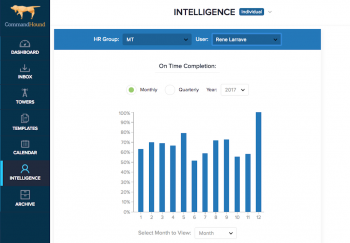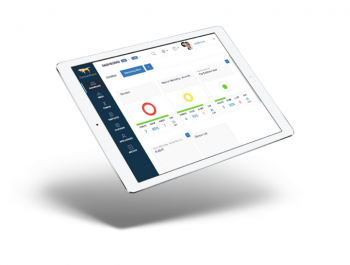It seems like everyday we hear about yet another story about sexual harassment in the workplace. Have you wondered what is the best way to minimize the risk of this happening in your company?
Insights: Human Resources
We all know that the risks associated with the employee terminations in any business should be carefully managed and mitigated. Being aware of the most common risks should help GE develop effective mitigation strategies during this massive layoff.
Healthcare providers face the constant fear of falling behind on HIPAA compliance and facing punishments and fines from the federal government. So, what is the best and most cost effective way to make sure things get done when it comes to HIPAA compliance?
More companies these days are choosing to outsource their human resources function. With so many available options and variants (ASO, PEO, HRO), finding out which option is best can be daunting.
Why do most employees see training as a chore of little value? Why is it that training is so hard to make interesting and engaging? Why is knowledge retention so hard to achieve?





